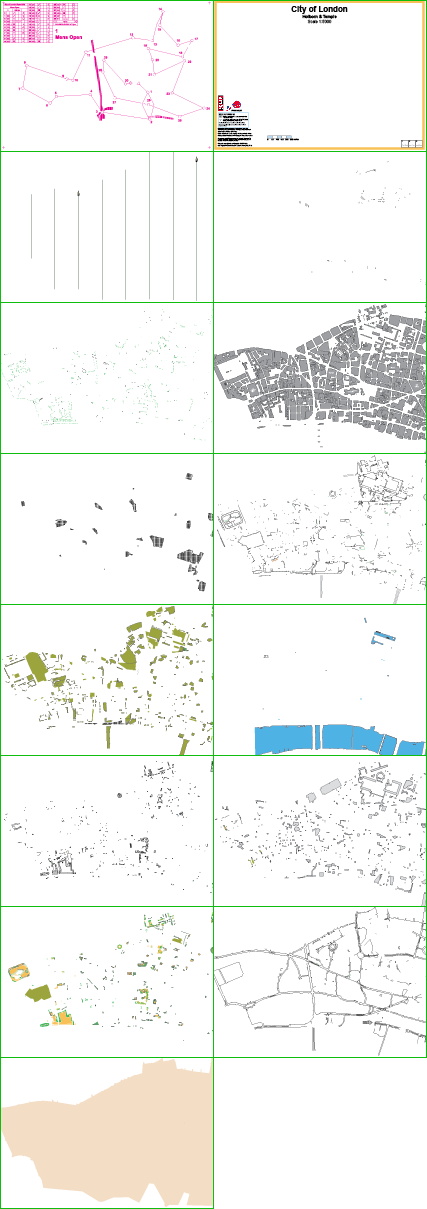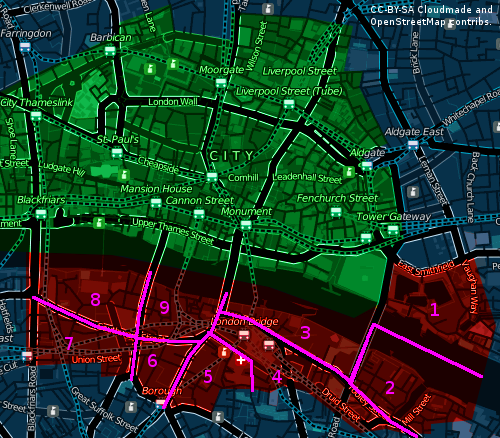Now that I’ve taken on maintaining the SLOW website, I’ve been digging around the myriad of directories in the site, and elsewhere on the web, to find out the history of the site. The site itself generally only has information going back as far as 2005, there certainly was a website before then, but malware attacks and space constraints mean the older content has been long deleted. I’ve only been in the club since 2003, so had no idea what it was like before.
The Internet Archive’s Wayback Machine is, as ever, a treasure trove of old content. Through it, I’ve found versions of the website going back as far as 1996 – which means, slightly annoyingly, it predates my own website by a year. It’s changed web address several times, although it’s been at sloweb.org.uk since 2002 [Update: and slow.org.uk since 2014.] The current design dates from as late as 2007, although the current logo debuted in late 2004.
Some highlights:
Here’s a version of the club’s logo from the last century:

Through the digging, I’ve discovered two older versions of SLOWprint, the club newsletter – issues 116 and 122, from 1997 and 1998. I’m pretty sure that these are the oldest on the web. The club has been around for several decades though, and there’s over 100 issues of SLOWprint not online – a project for a future club archivist, maybe.
Here’s the logo for the 1998 Southern Express series of orienteering events in (the series started in 1996 and has ceased only quite recently), which amused me a little bit:

The OK Nuts pages from 1996 are amongst the earliest I could find – they include this quote at the top:
Welcome to SLOW’s first web site for information about Orienteering. It is an experiment, so please bear with us as we try e-mail entry, the map, advance details and results. This has tremendous potential so I hope you support this venture. Any comments will be gratefully received. The site will run from November until the end of December.
Remember the foot-and-mouth crisis back in 2001? It decimated the orienteering season.
Street-O races have been going on for longer than I thought – here’s a mention of one back in Richmond back in 1998.
ASTROFEATURE sounds like something we could definitely do with in Clapham Common or some of our other “feature-light” areas.
Here’s a link to the pages from 1997-9.





